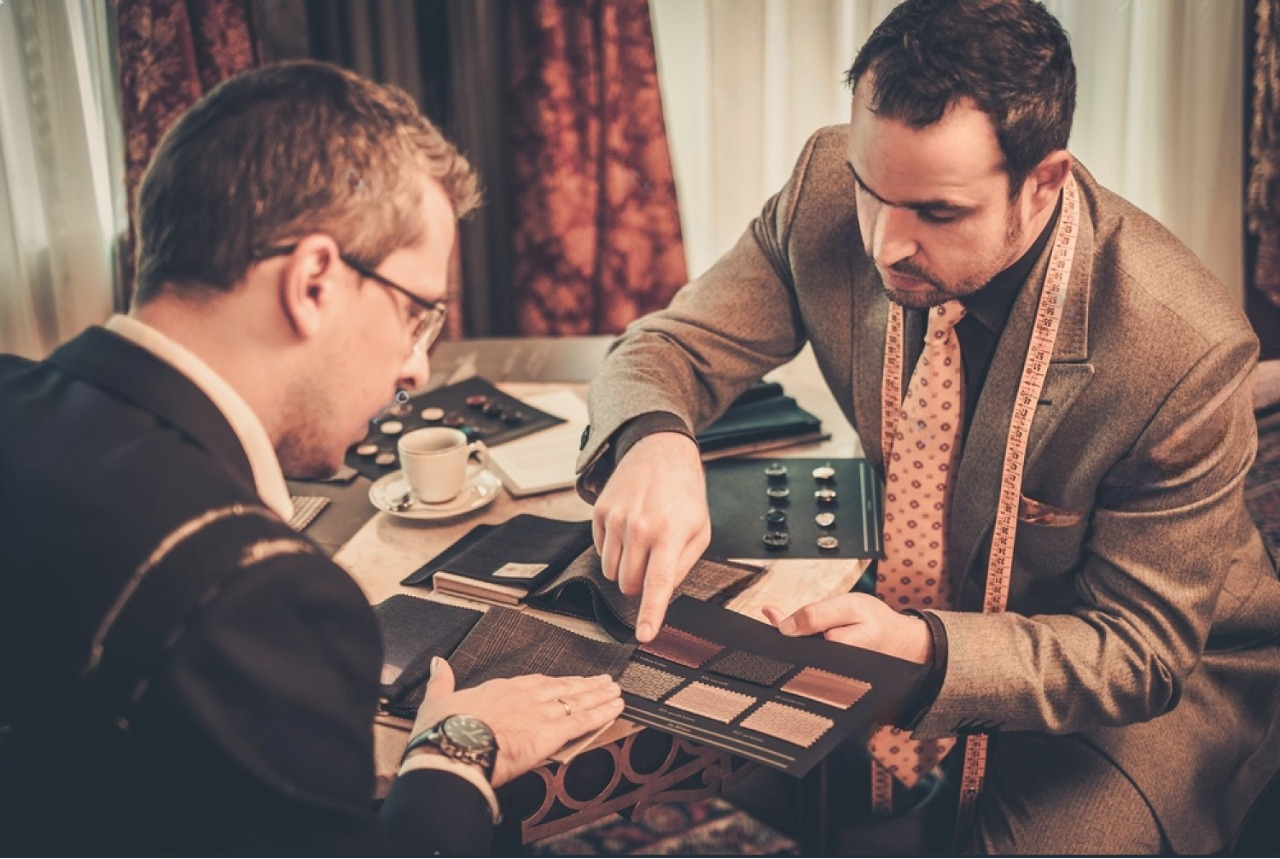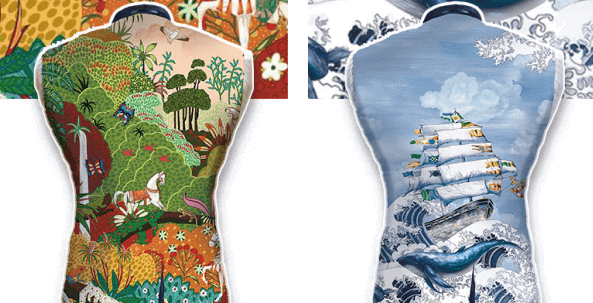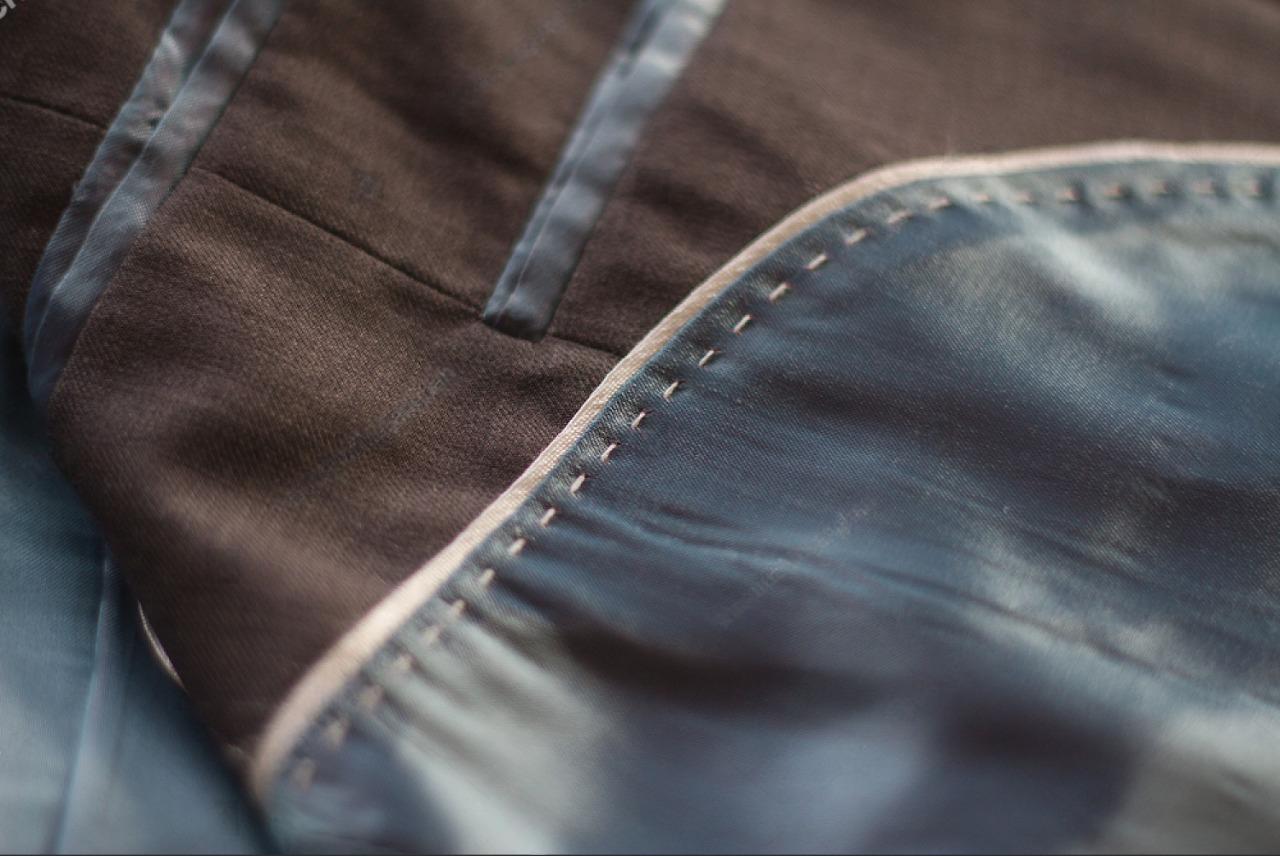
Choosing the right lining for a custom suit is essential for achieving both comfort and style. The lining not only impacts how the suit looks and feels but also enhances its longevity and functionality. This guide provides insights into various lining types, materials, and considerations to help you select the ideal lining for any suit.
Suit lining is one of the most critical features regarding both structure and appeal of a suit. Lining is what determines how well it fits and feels on the body, but it also opens up an avenue for personalization. A well-chosen lining can ensure comfort, especially during longer wear, while adding character to one's outfit-most of the time, one catches glimpses of subtle hue or pattern details when the jacket opens. It gives shape to the suit, ensures it is well-ventilated and reduces friction between the jacket and your shirt for easy movement.
Different suit linings answer different needs and preferences. Each type of lining offers a balance of coverage, comfort, and style that better fits the occasion and environment.
A full lining covers the entire inside of the suit jacket, providing maximum structure and a clean, finished look. Full linings add weight and warmth and are best suited for custom formal wear or colder climates. Usually, these are preferred for business and winter suits because they help the jacket retain its shape while giving durability and comfort.
A half-lined jacket provides structure and support without the heaviness of a full lining. Since half linings only cover the upper back, sides, and shoulders, they provide more breathability and flexibility. This makes half linings ideal to be had for those who want their suit to be lightweight, comfortable, and not meant for wear in the weather or on very formal occasions.
Butterfly lining is a partial lining and covers the upper back and shoulders only in the shape of butterfly wings. For hotter climes and summer suits, this is one of the most preferred linings as it gives structure where required while providing better ventilation and reduced weight.
The unlined suit, otherwise known as the skeleton suit, doesn't have any lining. The fact that it doesn't is a really minimalist approach to show how it's constructed and is super breathable and light. The unlined suit is an excellent option in casual, lightweight suits for warm weather but calls for careful tailoring if one values durability and comfort.

The material to be used as the suit lining affects comfort, durability, and aesthetic value. Most of these are various materials boasting different advantages, from sumptuous silk to polyester being one of the more affordable fabrics.
Silk, because of its smoothness and softness, and because it breathes very well, generally tends to be associated with the most expensive, high-quality suits. The linings made out of silk are definitely the most stunningly beautiful to look at and to feel, and best suited for occasions that require a great deal of formality. However, they tend to be just a trifle more fragile and may require careful handling and maintenance.
Bemberg and viscose, t superfine linings made from natural fibers, are less expensive than silk and super comfortable. Both provide great breathability while wrinkle-resistant and fairly durable. They wick moisture and can maintain temperature for long-lasting wear throughout the day, business, and formal suits.
Polyester is also one of the robust, more affordable lining options, while colors and patterns can be very diverse. Not as breathable as natural fibers, polyester is a pragmatic choice for daily suits since it is resistant and low maintenance, which makes polyester linings one of the go-to choices for many bespoke suit makers who want to balance affordability with style.
The kind of lining a suit should have would, for instance, be determined by the purpose it will serve, whether business, formal, or casual, complementing both the suit and the occasion.
In the case of business suits, linings that will provide comfort and durability, like Bemberg and viscose, are worth considering in that such fabrics are durable to be worn often yet comfortable for the wearer on long days.
The linings made of silk or satin provide a touch of class, and it will be perfect for a wedding or any other high-profile event. The high-quality lining increases the look of the suit and is good to make striking impressions.
For custom men's casual wear, lighter and more breathable linings-such as half linings or unlined-coupled with fabrics like Bemberg or even polyester blends, are the best solution. Casual linings allow a casual look and feel——fitting for less formal gatherings.
Choosing the appropriate suit lining is not only about the fabric variety and lining style. The key factors to consider in selecting include: lining weight to match outer fabric, comfort, and style that balances durability with aesthetic appeal.
Ensure the lining weight complements the outer fabric of the suit. For heavier fabrics, such as wool, thicker linings provide structure and balance, while in lighter fabrics, a thin lining does its job much better in giving a cohesive feel.
If the suit is intended for frequent wear, one may try viscose or Bemberg for its durability with a dash of style. These options offer longevity without sacrificing comfort.
Suit requires a feature of breathability while being worn for long periods. Light linings, especially those made from natural fibers, allow the air to pass easily, and it makes the suit comfortable and fresh during the day.
The colour and pattern of the suit lining create an avenue for creativity; it adds personality to a custom suit while still complementing the overall style of such a suit.

Choose a lining color that complements or contrasts with the suit fabric. Traditional colors, like navy or black, provide a classic look, while bold colors, like red or emerald, add a touch of your personality.
Patterns such as polka dots, stripes, or paisley bring uniqueness to a suit. Patterns can be subtle for a touch of flair or bold for clients seeking an eye-catching look when their jackets are open.
Personalized information like monograms, dates, or even logos can be used in embroidering the lining to make each suit individual. Adding initials or special dates is an excellent option for corporate gifts or memorable events.
Improvements in suit linings introduce functionality, which is of particular help in business or travel suits.

Moisture-wicking and anti-static properties keep the suit comfortable in varying climates. These linings are excellent for all-day wear, helping the wearer regulate temperature and reduce static cling.
For added functionality, consider extra pockets or hidden compartments within the lining. These features provide convenience for carrying items like business cards, phones, or passports, catering especially to clients who value utility in their custom suits.
The right selection of suit lining is an ideal combination of aesthetics, comfort, and durability. Collaboration with reputed custom apparel manufacturers like Kutetailor opens an avenue for businesses to have a wide variety of lining choices and thereby cater to client demands with utmost confidence. Right from fabric selection to personalized details, a thoughtfully considered approach to suit linings develops the appeal and longevity of every suit to create a truly refined product that leaves a mark.